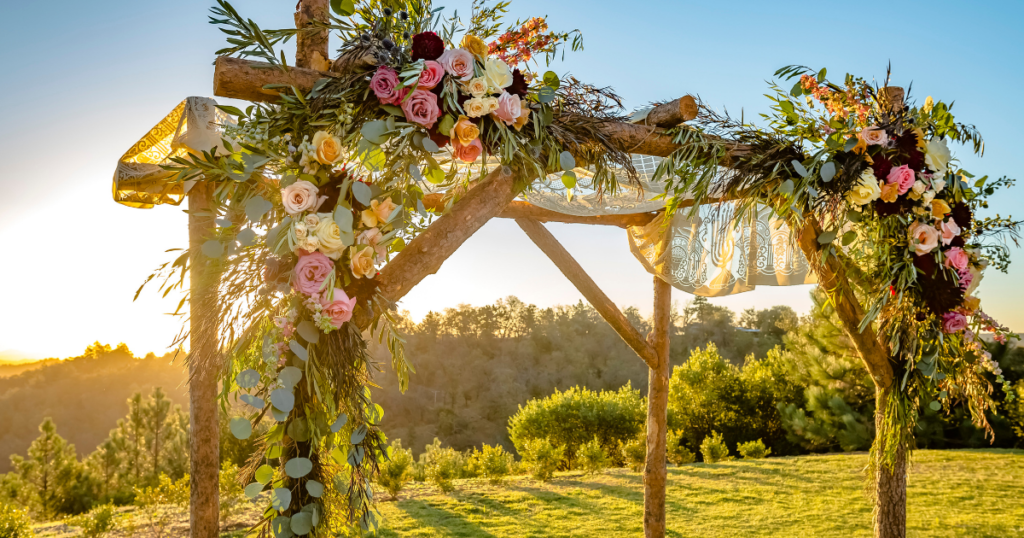Being Jewish
Ritual
The Two Biggest Changes in Jewish Life-Cycle Rituals

Of all the shifts in Jewish life-cycle events over the past hundred years, the most prominent and controversial has been women’s increasing inclusion and equality in ritual.
A century ago, a woman who did not get married probably never participated in a life-cycle ritual that honored her. Her father named her over the Torah—generally without her or her mother present. Then, she would be eulogized after death. She would never be called to the Torah for an aliyah, celebrate a bat mitzvah, participate in a siyum (ceremony for completing a holy book) or even recite the Mourner’s Kaddish. (In 1916, Hadassah founder Henrietta Szold famously broke from tradition when she refused the offer of a man to recite the Kaddish for her mother.)
Liberal Jewish communities are now almost entirely egalitarian. And many Jews have embraced rituals that address women’s needs and passages, including blessings for childbirth and ceremonies for miscarriage, stillbirth, adoption, rape and menopause. These days, I even get “simchas bas mitzvah” invitations from my ultra-Orthodox relatives, a ceremony during which the 12-year-old girl often gives a d’var Torah.
All this has obvious importance for women—and for people of all genders who now have more ways to include and honor the women they care about. Indeed, changes around women have also enriched Judaism and created new communal traditions for all. Bat mitzvah ceremonies led to adult bat mitzvahs, which in turn led to adult bar mitzvahs for men who never celebrated the milestone as a boy. Baby naming ceremonies for girls inspired readings for grandparents and speeches about the child’s name—which then became popular at bris ceremonies, too. Debates over women’s inclusion returned us to core questions of meaning: What is this ceremony all about, such that women should or shouldn’t participate? How do we define the tzibur (community) and give it kavod (honor)?
Today, in the time of Covid, questions of meaning center not around gender, but rather around how and where our life-cycle events are happening. Virtual platforms have become the latest catalyst for change in the Jewish community and will continue to be so. To stay safe during Covid, we eliminated large gatherings and lavish parties. This disruption forced us to consider what is essential to honoring each milestone—and what might be replaced, adapted or dispensed with altogether.
Even when people again celebrate in large groups, Zoom will continue to connect us. Distant or hospital-bound friends and relatives will not only see a videotaped or streaming ceremony, they will be able to participate.
Online elements of a ceremony can be personal and inclusive. We see faces, close up. There are no “seats of honor” or “seats in the back.” Organizers can engage many participants by using Zoom features (e.g. raised hands, spotlighting, breakout rooms, chat).
However, we Zoom so often now that it’s hard for some people to imagine how a wedding, graduation, bris, retirement party or bar/bat mitzvah could feel special if it takes place wholly or partly online. Moreover, most clergy and families haven’t leveraged Zoom to involve people creatively during a life-cycle event. Zoom celebrations may include too many “talking heads.” A style of presentation that worked beautifully in person now feels static. And technological glitches too often mar our celebrations.
People deserve simchas that are meaningful and joyful. That’s why I created the online course, Mazal Tov On Zoom. Whether virtual, in person or a hybrid of the two, any ceremony can create connection, meaning and wonderful memories to last a lifetime. Zoom and similar platforms will be affecting and connecting us for many years to come, and the results that unfold could be as rich and creative as women’s contributions to Jewish ritual.
Rabbi Debra Orenstein, author of Lifecycles 1: Jewish Women on Life Passages and Personal Milestones, will teach Mazal Tov on Zoom online, beginning March 1. Visit RabbiDebraOrenstein.com to learn more.










 Facebook
Facebook Instagram
Instagram Twitter
Twitter
Leave a Reply